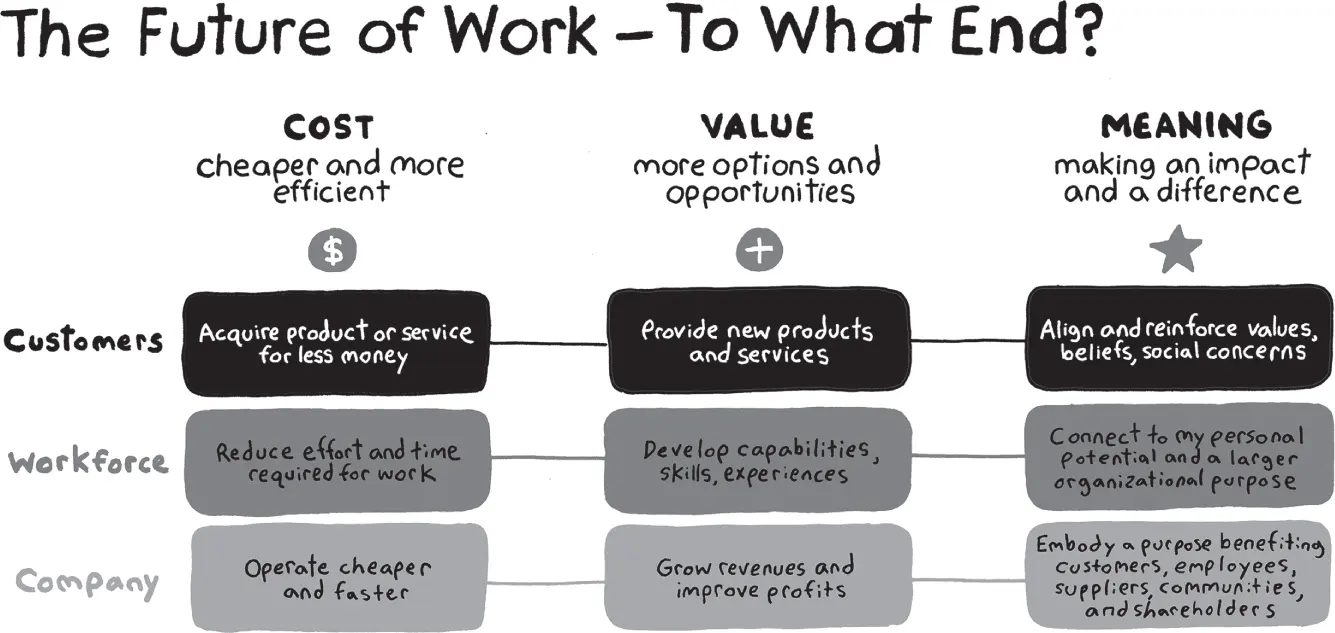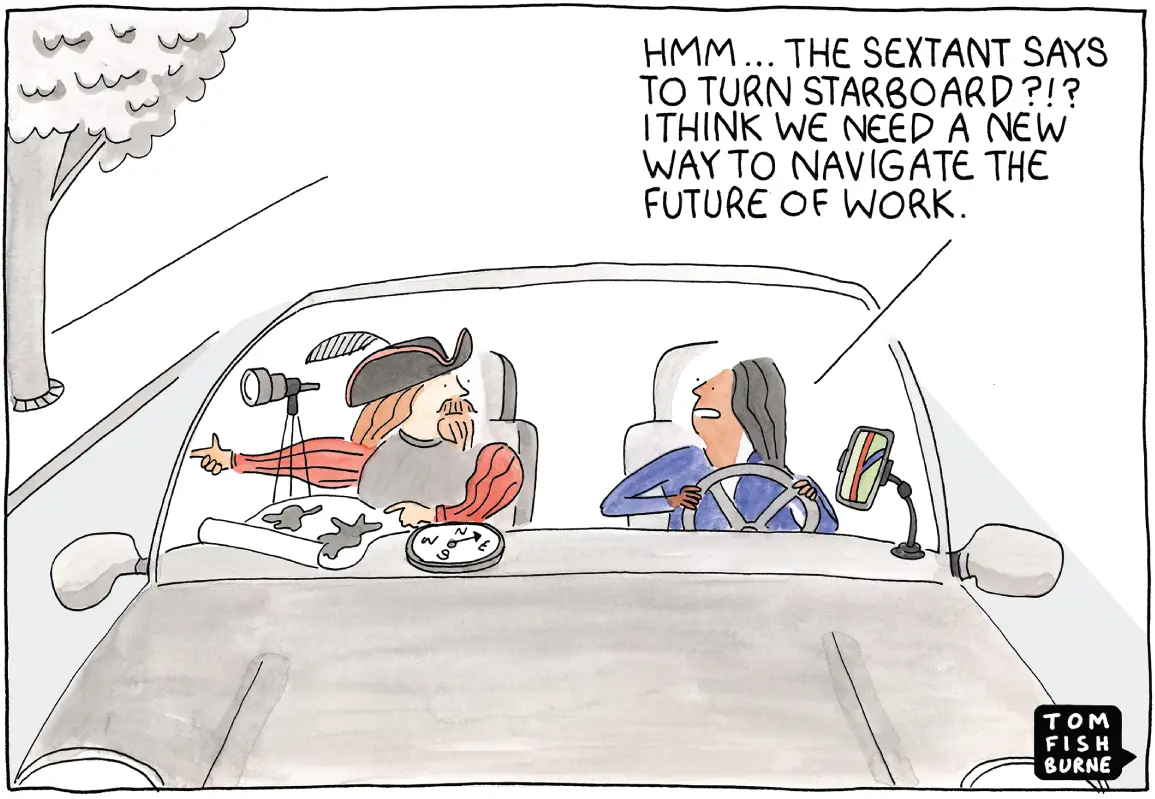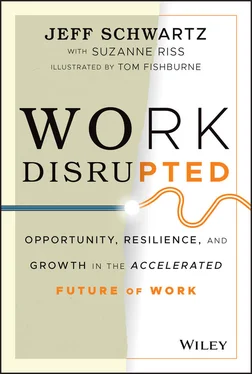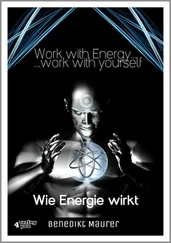
Source: Chart courtesy of MIT Sloan Management Review, ©MIT; “Reframing the Future of Work,” by Jeff Schwartz et al, February 2019
From Disruption to Innovation to Creation
When we think of a disruption, we generally think of a disturbance that interrupts. In business theory, a disruptive innovation is one that creates a new market, shaking up the existing market, and displacing it. 25 Disruptive innovation is a powerful way to think about innovation-driven growth. Disruption shifts profitability from one prevailing business model to another. The new model typically provides customers with the same or better value at a much lower cost. 26 The fallout: Companies that relied upon the old business model lose ground or are pushed out of business. Netflix is an example of digital disruption, as are Uber, Amazon, Airbnb, and countless other digital services that changed prior business models.
The word “disruption” was popularized by Clayton Christensen in 1997 in his book The Innovator's Dilemma: When New Technologies Cause Great Firms to Fail . 27 However, the economist Joseph Schumpeter had introduced the concept of “creative destruction” and the disruptive power of innovation more than 50 years earlier. Schumpeter's thesis was that innovation is responsible for both the progress and the instabilities of capitalism. He attributed those instabilities to the principle of creative destruction, which recognizes that innovation by entrepreneurs is the disruptive force that drives and sustains economic growth. The earlier products and processes are suddenly obsolete, forcing companies to quickly adapt to a new environment or fail. 28
Schumpeter's theories powerfully anticipated the future of work. He often used the example of the railroad as a transforming agent in the economy that opened up new opportunities while clearing out old approaches. He pointed to the ability of entrepreneurs, by advancing new products and services, to provide “a perennial gale of creative destruction.” 29 Fascinated by the entrepreneurial spirit, he recognized destruction as a mechanism for progress. Schumpeter realized that economic innovation is fueled by entrepreneurs who discover better ways of doing things (the creative part), and their success leads to the collapse of old companies and methods (the destructive part). Automobiles replaced horse-drawn buggies; word processors supplanted typewriters; Internet advertising overpowered print ads.
The rise of the Internet and mobile computing are fundamental disruptors—world-changing events that have altered everything that followed. The 2020 coronavirus pandemic may be a similar event, presenting both an immediate crisis and long-term opportunity. Things may never be the same. New technologies and crises can lead to new modes of collaboration and new institutional relationships; they can be accelerators to the future.
While portions of many jobs will change, and some jobs will likely be eliminated entirely, many more jobs will evolve.
Defining the Future of Work
Even before the coronavirus pandemic, changes in how and where we work were well underway. The future of work refers to the changes that technology (including automation, robotics, and artificial intelligence) along with new employment models (including freelancers, gig workers, and crowds) will bring about in how we work, where we work, who we work with, and the skills and capabilities we need to work.
Predicting the future is hard, especially when technology is involved. Ken Olsen, the founder of Digital Equipment Corp., likely wishes he had not been so confident in 1977 when he said, “There is no reason for any individual to have a computer in his home.” 30 Steve Ballmer, the CEO of Microsoft, had low expectations for the iPhone in 2007, when he announced, “There's no chance that the iPhone is going to get any significant market share.” 31 And Robert Metcalfe, founder of 3Com and inventor of Ethernet, surely regrets his 1995 prediction that the Internet “will soon go spectacularly supernova and in 1996 catastrophically collapse.” 32 These predictions all underestimated the growth and adoption of new technology.
My interest lies not in attempting to predict the future but in providing signposts to help others navigate the new world of work. By understanding these signposts, individuals can feel more empowered to evolve their current careers or even craft new ones altogether and to develop educational strategies to succeed in the capabilities-based market AI brings. For business leaders seeking to adopt and scale new models of working, these signposts can help explore the opportunities that novel forms of human–machine collaboration bring to the workplace. And for public policy makers, these signposts can spur the reimagination of regulations, laws, and institutional arrangements as new forms of working emerge through alternative workforce arrangements, education and workforce development, work transition programs, and financing to support lifelong learning and reinvention. Though we may not be able to change the impact of AI or future proof against the disruptions ahead, we can change the way we navigate alongside them. We can become smarter in the way we work, think, and live in the world of AI and the open talent economy of multiple forms of employment. And we can change the way we design and think about our work and workplaces of tomorrow.

Since the first maps were carved into cave walls in 16,500 BC, we have relied on these pictures and navigational tools to explore new terrain and make our way through the world. 33 Maps tell stories. Maps are knowledge. Maps provide context. As author Reif Larsen noted, “A map does not just chart, it unlocks and formulates meaning; it forms bridges between here and there, between disparate ideas that we did not know were previously connected.” 34 A road to the right, a river to the left, a steep drop ahead. As an avid traveler, I am in awe of the power of great maps to help us condense and visualize data so that we can take on complex routes and challenges, whether hiking up a mountain or finding our way to a new restaurant. Maps allow us to make more informed decisions.
Maps have kept me from getting lost countless times in the more than 75 countries I have visited and worked in throughout my life. I remember going on summer road trips with my parents, sister, and brother when I was growing up, flipping through a huge paper atlas map to help my father navigate unknown roads to new destinations. Today, GPS apps on our smartphones, from Google Maps to Waze, offer near-instantaneous options for getting from one place to another. They provide real-time information on traffic flows and accidents, rerouting us to keep us going safely and quickly in the directions we choose. Though we have mapped just about every corner of the physical world, we are just starting to map the future world of work.
This is a story about the value of mapping, the importance of direction setting, and the need to create new maps and mental models when traveling in unchartered terrain. We need to understand not only the path but also the changing conditions along that path. The 1996 Mount Everest climbing disaster illustrates the tragic consequences of misjudging the conditions along a chosen route. Eight people perished while attempting to descend the mountain during a blizzard. After several unexpected delays, many of the climbers had not yet reached the summit by 2 p.m., considered the last safe time to turn around to reach camp before nightfall. By midafternoon, snow started to fall, and the light was diminishing. Soon, the climbers found themselves in a full-on blizzard. Visibility was reduced and fixed ropes were buried under snow. Some climbers developed frost bite, others fell unconscious. 35
Читать дальше














